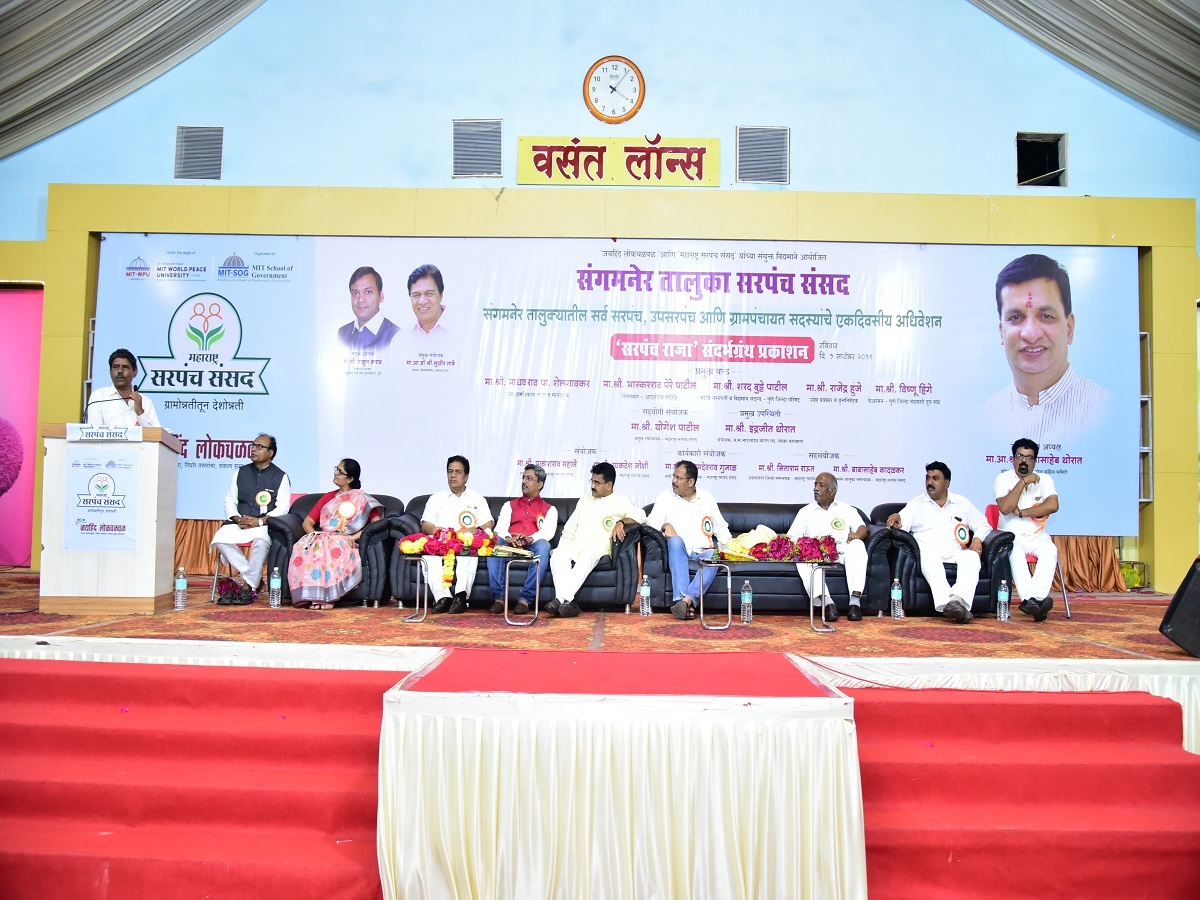Healthy Villages

Jai Hind Healthy Village Scheme
India is predominantly a country of villages. Even today, more than 50% of the population resides in rural areas. Recognizing this, post-independence, Mahatma Gandhi, the Father of the Nation, emphasized the importance of villages for the development of the country. He advocated for a return to the villages with the call, “Let’s move to villages,” emphasizing sustainable and self-reliant living. Gandhi frequently highlighted the importance of creating prosperous and self-sufficient villages as the foundation of a strong and thriving nation.
A country like India can truly prosper only when its villages are self-reliant and sustainable. However, rapid urbanization has led to numerous challenges, including significant migration from rural areas to cities in search of better opportunities. This migration is often driven by the lack of development and resources in villages. Once villages are developed, self-reliant, and equipped with adequate facilities, people will be less inclined to move to cities. Instead, they will focus on strengthening their local communities, which, in turn, will contribute to national growth and sustainability, even on a global scale.
To address these issues, the Jai Hind Healthy and Strong Villages Project is a visionary social initiative undertaken by this organization. Inspired by the exemplary work of Shri Anna Hazare and Shri Popatrao Pawar, Jai Hind aims to transform every village in India into an ideal model. Currently, this project is being implemented in 12 villages, with the following activities underway:
- Development Plans: A comprehensive development plan is prepared for each village.
- Inclusive Steering Committees: Committees comprising representatives from all segments of society are formed to oversee implementation.
- Utilization of Government Schemes: Development schemes initiated by the Central and State Governments, as well as other social organizations, are actively implemented.
- Active Participation: All sections of the Jai Hind Lok Chalwal (People's Movement) are fully involved in these villages.
- Water Management: Water planning for agriculture is carried out using watershed development programs and other water conservation techniques.
- Funding: Funds are raised through CSR initiatives and other channels to support development activities.
- Urban Facilities in Rural Areas: Efforts are made to provide rural areas with facilities comparable to those in cities.
- Cultivating Scientific Attitudes: Superstitions and harmful traditions are eradicated through Akhand Harinam Saptahs (religious congregations) and lectures by eminent speakers, promoting scientific thinking.
- Tree Planting: Multi-purpose trees are planted on barren lands to promote afforestation and environmental sustainability.
- Collective Weddings: Mass wedding ceremonies are organized to reduce unnecessary expenses on individual marriages.
- Clean and Beautiful Villages: The concept of "Clean and Beautiful Villages" is implemented to enhance living conditions and aesthetic appeal.
The Jai Hind Healthy and Strong Villages Project aspires to uplift rural areas by addressing core issues, fostering sustainable development, and creating vibrant and thriving village communities.

